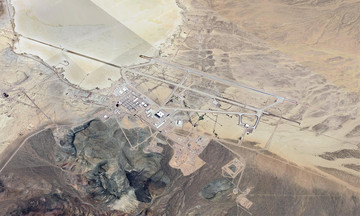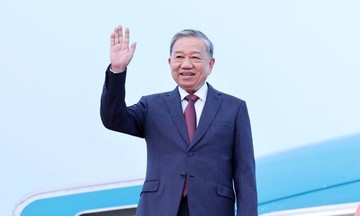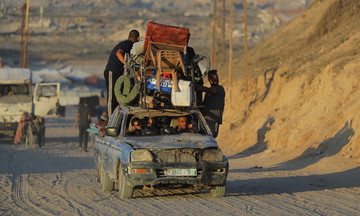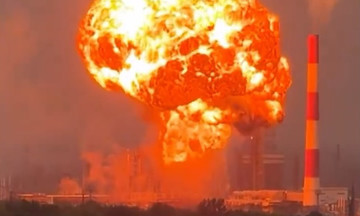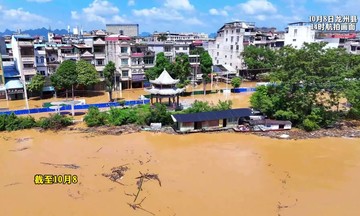When rescuers arrived in Andarluckak village, Kunar province, over 36 hours after the August 31 earthquake devastated eastern Afghanistan's mountainous villages, 19-year-old Bibi Aysha felt more anxious than relieved. The team lacked any female members.
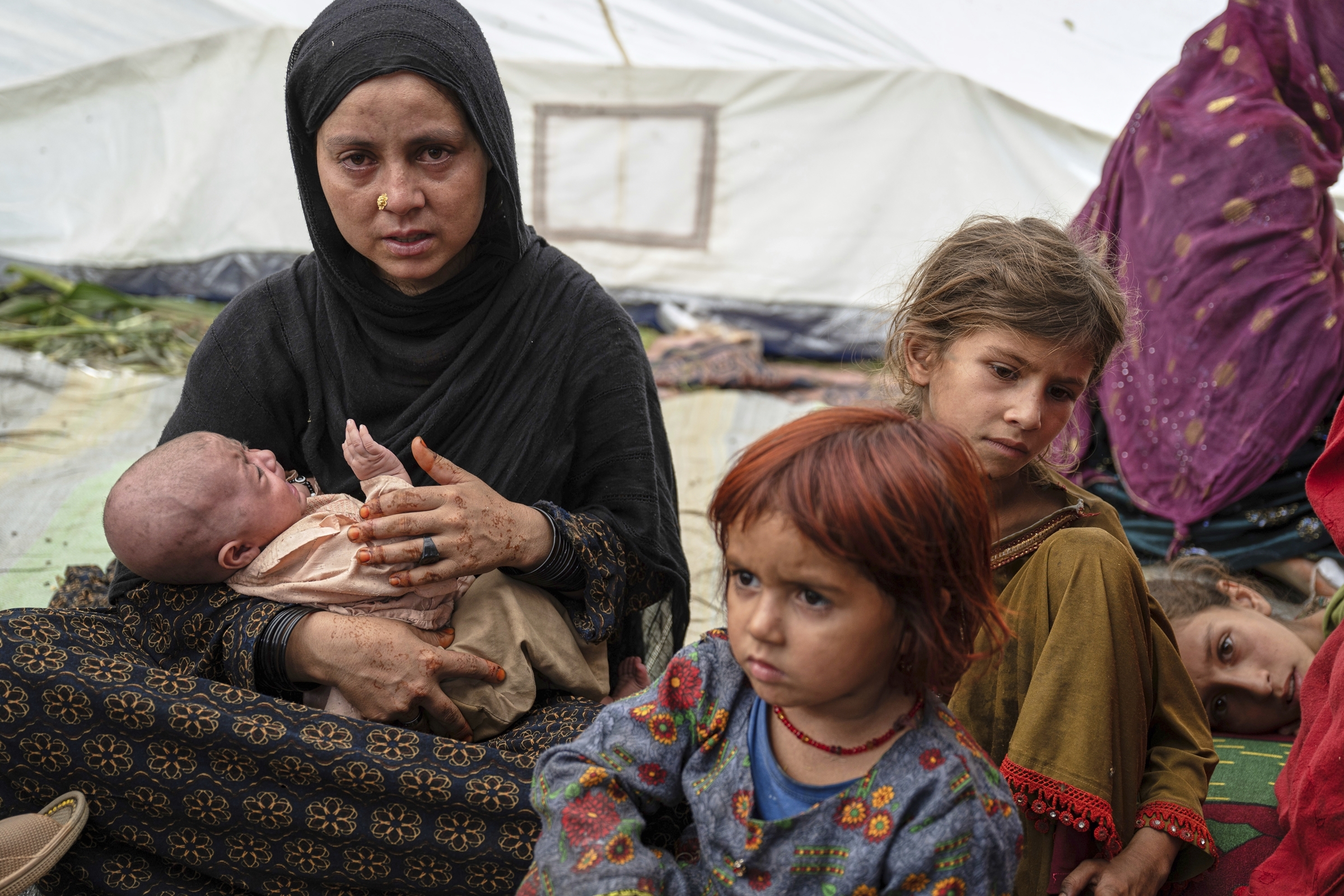 |
A woman and her children, who survived the earthquake, wait for aid in Wadir village, Kunar province, eastern Afghanistan, 2/9. Photo: AP |
A woman and her children, who survived the earthquake, wait for aid in Wadir village, Kunar province, eastern Afghanistan, 2/9. Photo: AP
Under the Taliban's stringent interpretation of Islamic law, even during emergencies, physical contact between men and women who are not family members is prohibited, including for rescue purposes.
Aysha recounted how the male rescuers prioritized tending to injured men and children. She and other women and girls, some bleeding, were left unattended.
"They gathered us in a corner and forgot about us," she said, adding that no one checked on them or offered assistance.
According to the Taliban, the 6.0 magnitude earthquake claimed over 2,200 lives and injured 3,600 others, leveling numerous villages.
Tahzeebullah Muhazeb, a male volunteer in Mazar Dara, Kunar province, explained that the all-male medical team hesitated to pull women from the rubble. Trapped and injured women had to wait for women from other villages to arrive, dig, and rescue them.
"I felt like women were invisible," said the 33-year-old Muhazeb. "Men and children received treatment first, while women sat separately, waiting for care."
Rescuers said that when they discovered the bodies of women trapped beneath the debris, they first searched for male relatives. If the victim's husband, sons, or brothers were absent, rescuers would pull the bodies out by their clothing to avoid skin contact.
Humanitarian organizations and rescue groups noted that the post-earthquake response highlighted the inequalities faced by women and girls in Afghanistan.
"Women and girls will bear the brunt of this disaster, so we must ensure their needs are prioritized in relief and recovery efforts," declared Susan Ferguson, the UN special envoy for Afghan women, this week.
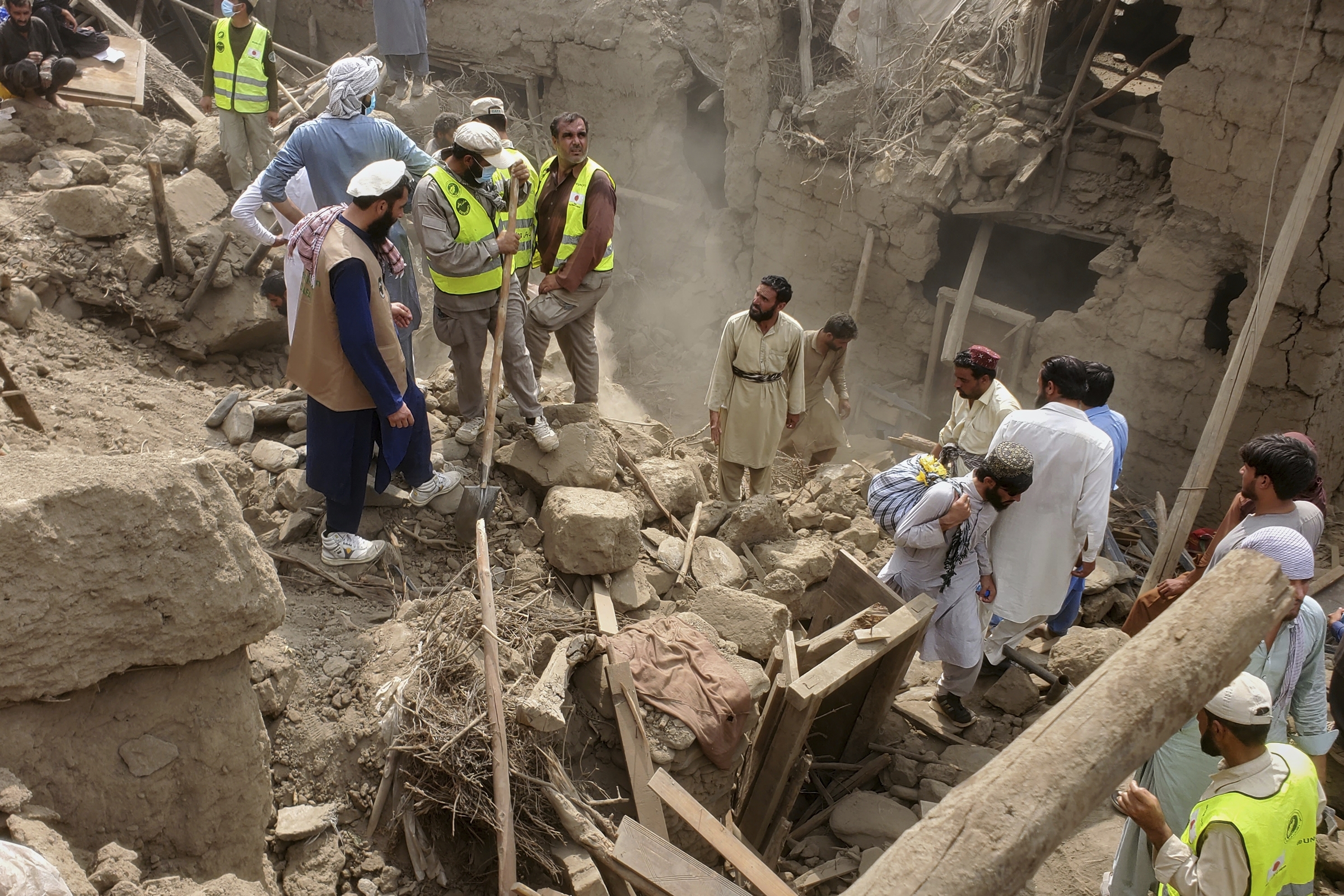 |
Local residents and Taliban soldiers search for victims at the site of the earthquake in Mazar Dara, Kunar province, on 2/9. Photo: AP |
Local residents and Taliban soldiers search for victims at the site of the earthquake in Mazar Dara, Kunar province, on 2/9. Photo: AP
While the Taliban hasn't released gender-specific casualty figures, several doctors, rescuers, and women in affected areas report that women and girls face particularly harsh challenges due to neglect and isolation after the disaster.
Afghanistan already suffers from a severe shortage of medical personnel, especially female doctors. Last year, the regime barred women from enrolling in medical schools. This shortage has become even more apparent after the earthquake.
Since the Taliban seized power 4 years ago, Afghan women and girls have lived under increasingly restrictive rules. The Taliban remains steadfast in upholding these regulations, despite warnings from most Muslim-majority countries, human rights organizations, and institutions like the World Bank about the long-term societal and economic impacts.
Girls' education is limited to the 6th grade. Women cannot travel long distances without a male relative and are banned from most public roles, including working for non-profit and humanitarian organizations. Female Afghan employees of UN agencies face such frequent harassment and threats that the UN allowed them to work from home this year.
A day after the earthquake in Mazar Dara, no female rescuers or medical personnel were present at the scene, nor were there any in the hospital. A few female nurses and humanitarian workers, escorted by Taliban soldiers, arrived in the affected area on 2/9 and were not permitted to give interviews.
Sharafat Zaman, a spokesperson for the Afghan Ministry of Public Health, acknowledged the lack of female medical staff in the earthquake-stricken areas, "but in hospitals in Kunar, Nangarhar, and Laghman, a large number of female doctors and nurses are working, specifically to treat earthquake victims," he said.
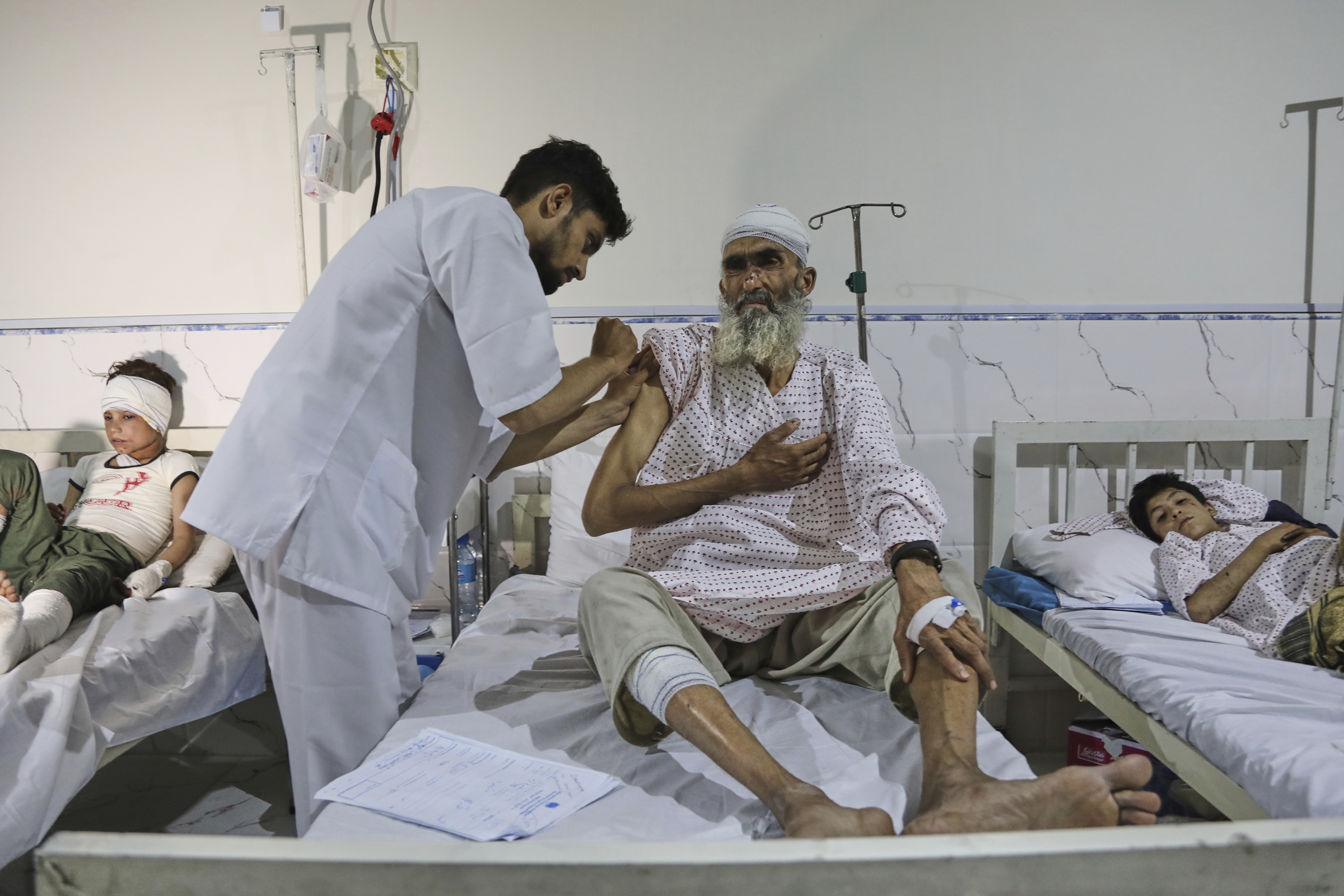 |
Earthquake victims lie in Nangarhar Regional Hospital in Jalalabad, Afghanistan, on 3/9. Photo: AP |
Earthquake victims lie in Nangarhar Regional Hospital in Jalalabad, Afghanistan, on 3/9. Photo: AP
Afghanistan continues to experience aftershocks, including a 5.6 magnitude tremor on 4/9. In Aysha's village, nearly four days after the initial earthquake, no female aid workers had arrived. She and her 3-year-old son slept outdoors for three nights, unable to reach evacuation centers or the city where her husband works.
"God saved me and my son," Aysha said. "But after that night, I realized that being a woman here means we are always the last to be helped."
Hong Hanh (According to NYT/Reuters)





